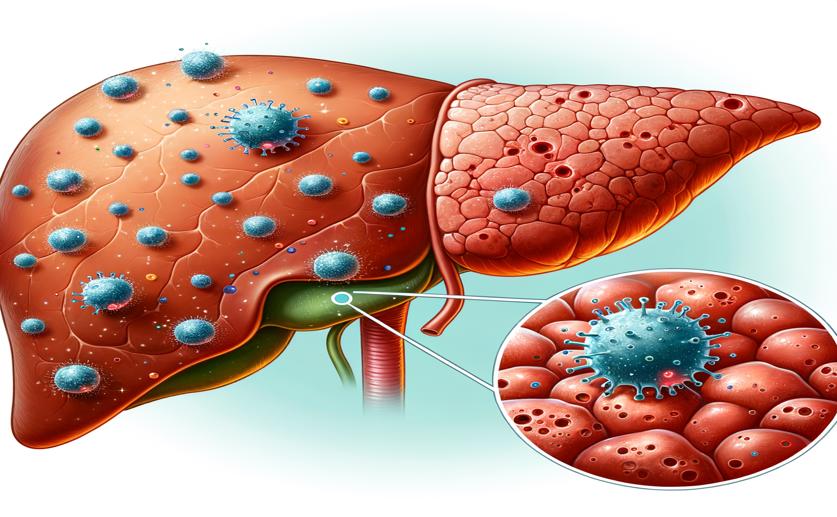
Cordycepin Helps Reverse Liver Scarring by Aging Scar Cells
Jenn Hoskins
4th April, 2024

Image Source: Natural Science News, 2024
Key Findings
- Study at Jiangnan University finds Cordycepin (CRD) reduces liver scarring in mice
- CRD inhibits liver cells responsible for fibrosis, lessening disease severity
- CRD's effects linked to blocking a pathway involved in both liver fibrosis and some cancers
References
Main Study
1) Cordycepin alleviates hepatic fibrosis in association with the inhibition of glutaminolysis to promote hepatic stellate cell senescence.
Published 1st April, 2024
https://doi.org/10.1016/j.intimp.2024.111981
Related Studies
2) Mesothelioma cancer cells are glutamine addicted and glutamine restriction reduces YAP1 signaling to attenuate tumor formation.
3) Liver fibrosis.
Journal: The Journal of clinical investigation, Issue: Vol 115, Issue 2, Feb 2005
4) Cordycepin as a Promising Inhibitor of SARS-CoV-2 RNA Dependent RNA Polymerase (RdRp).



 6th March, 2024 | Jenn Hoskins
6th March, 2024 | Jenn Hoskins